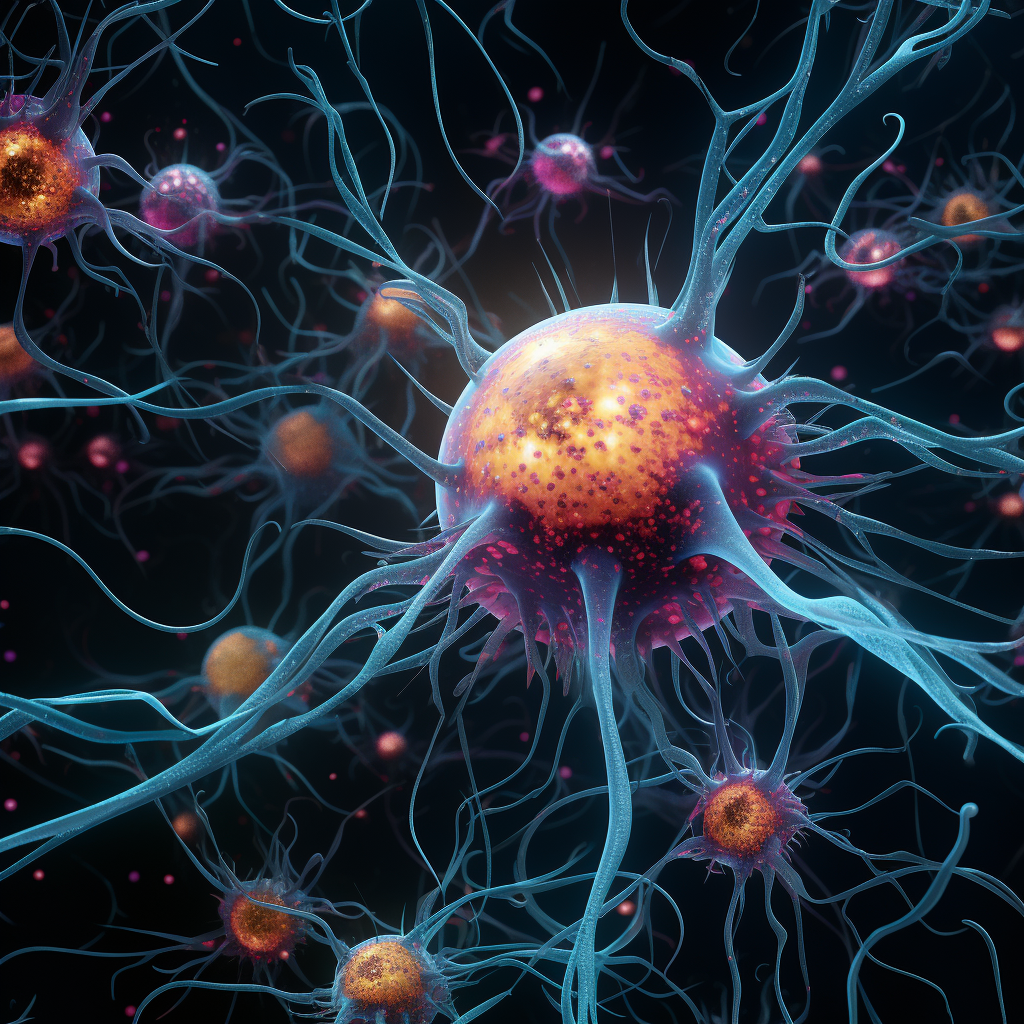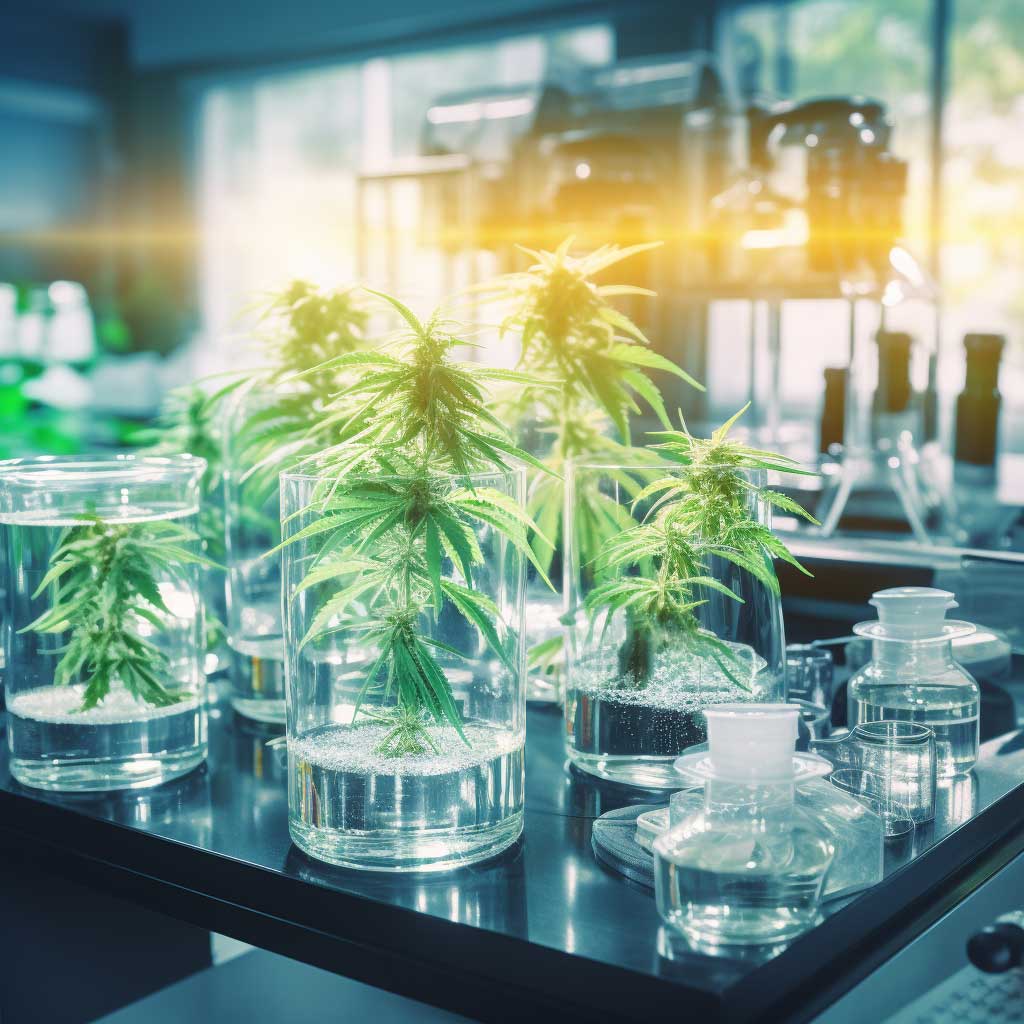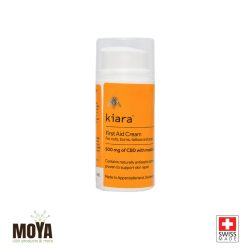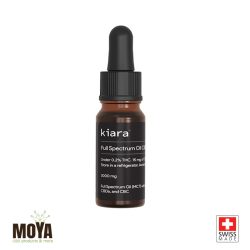CBD HAS A VARIETY OF MEDICAL EFFECTS BUT PERHAPS THE FIRST IS PAIN RELIEF.
- Joint pain
- Pains arising from multiple sclerosis
- Headaches, migraine
- Abdominal and gastrointestinal pain
- Back, vertebral and spinal pain
Pain associated with fibromyalgia
In all these types of pain CBD has an effective and prolonged effect. And all this does the special molecule:
- No addiction and /or dependence,
- No developing tolerance and increasing doses,
- Without feeling drunken (HIGH) or significant side effects.
These properties are due to the positive effect of CBD on many body systems and because of its variety of medicinal properties:
- Anti-inflammatory
- Antioxidant from the strongest in nature
- Reduces anxiety, paranoia and depression
- Improves cardiovascular health
- Relieves nausea, prevents vomiting
- Protects central nervous system cells
- Helps sufferers with intestinal diseases
- Improves and balances sleep
Doctors and experts as well as all consumers are invited to come and discover on our business page the variety of (updated) mechanisms of action of CBD for analgesics, in the following link: https://bit.ly/35cPpZ4 Wolmi who wants to continue: Cannabidiol (and probably all other phytocannabinoids) are not a cure in the conventional sense of the word. Their action in the endocannabinoid system in our body is to improve and strengthen the existing system, correct deficiencies in it, and bring about a balance that allows the body to “reassess and gather strength” in order to heal.
CBD meets the definition of a “permissive molecule” because it acts on over 60 target proteins in the body as opposed to an opioid drug that acts on one or two target proteins.
Mechanisms of action of CBD in soothing persistent pain (chronic):
- Inhibits the sensation of pain that passes through the spine.
- Operator of the duct of the cations, a nerve messenger, responsible for recession of feeling pain, body heat and inflammation.
- Activates natural opioid receptors of the body and thus can be reduced in the dose of opioid drugs.
- Attachment to the adenosine receptors that produce, among many other things (the sleep mechanism) also a significant anti-inflammatory response.
- ACTIVATION OF THE SEROTONIN RECEPTOR 5-HT1A, WHICH IS INVOLVED IN REGULATING A SERIES OF SYSTEMS INCLUDING NAUSEA, APPETITE, ANXIETY, SLEEP AND PAIN SENSATIONS.
- Inhibition of adenosine carrier protein (ENT-1) by CBD causes an increase in the soothing and anesthizing activity of adenosine in parallel with its anti-inflammatory activity.
THE CBD benefits in analgesicity in the neuro-conduction system: One of the CBD properties is the protection of nervous system cells. CBD prevents the creation of harmful proteins AMYLOID-BETA PLAQUE in the brains of Alzheimer’s patients, and in reducing protein production begins to cure the disease. A normal nervous system will help the body cope with pain. The properties of CBD as an antioxidant, and as a cause of significant easing of inflammatory processes will also be beneficial as a supportive treatment accompanied by chronic pain in the neurodeterrorative system.
In conclusion: Almost unnoticed, humanity is facing a huge turnaround in the course of treatment of global morbidity causes, notably the pain of its types and consequences. The “opioid epidemic” that has seen the number of victims that has swept over the past five years, mainly coming from the United States, will in the future be a pale backdrop for the meteoric rise of cannabinoid medicine, which is natural, easy to manufacture and use and has a high level of safety as long as it is not treated (like anything) excessively.
Want to experiment with quality CBD products?
MOYA recommends several products suitable for treating a variety of problems, it is worth taking a look at the store and learning our many products. For free advice and to select the right product for you – contact us










